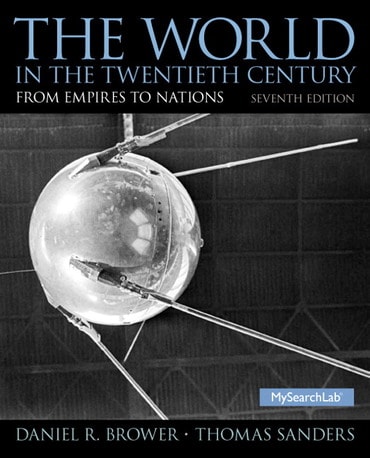Switch content of the page by the Role togglethe content would be changed according to the role
World in the Twentieth Century, The: From Empires to Nations, 7th edition
Published by Pearson (July 28, 2013) © 2014
- Daniel R. Brower
- Thomas Sanders
eTextbook
$49.99
$138.66
Need help? Get in touch

Digital Learning NOW
Extend your professional development and meet your students where they are with free weekly Digital Learning NOW webinars. Attend live, watch on-demand, or listen at your leisure to expand your teaching strategies. Earn digital professional development badges for attending a live session.

